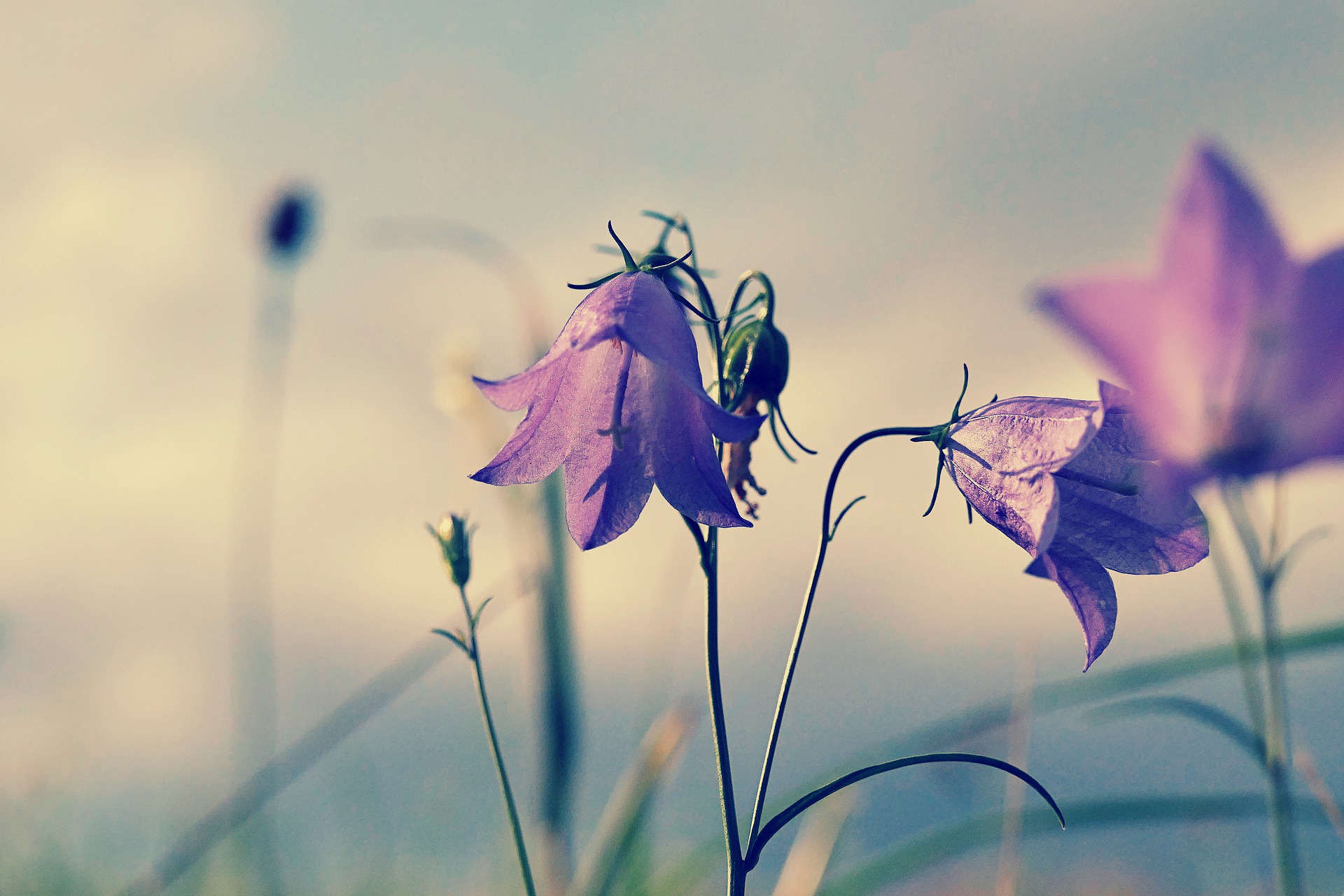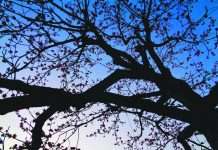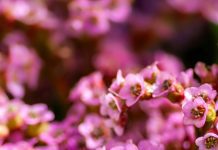Campanula rapunculoides

Overview:
This perennial introduced from Europe as an ornamental, reproduces both by seed and creeping rhizomes. Roots can travel under fences, through lawns and even under sidewalks and concrete. It can survive periods of drought and tolerates a range of light conditions. Its creeping root system and resistance to some herbicides makes creeping bellflower extremely difficult to eradicate.
Flowers are pollinated by insects, but in the absence of pollinators flowers can become self-fertile still produce seed.
Native harebells can be confused with creeping bellflower as the flowers are quite similar, but the native plants can be distinguished by either much shorter stems, smaller flowers and leaf size & shape.
Habitat:
Prefers light sandy to medium loamy, well-drained soils that are pH neutral. It can grow in full sun, part-shade or shade.
Identification:
Stems: The erect stems are often purplish, can be hairy or smooth, and grow to 1 metre or more.
Leaves: Leaves are alternate, 3-7 cm long. Lower leaves are long-stalked and heart-shaped with coarsely-toothed margins. Upper leaves are sessile and lance-shaped with some hairs on the lower surface.
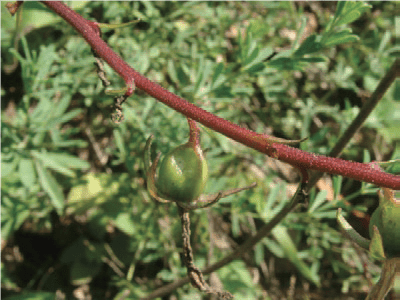
Flowers: Nodding light purple flowers are borne in the axils of the upper leaves and occur mainly along one side of the stem. Flowers are composed of 5 united sepals, 5 united petals.
Seeds: The fruit is a round capsule, containing numerous small, elliptical, light brown seeds with small wings. Seeds may be spread by wind because of their light weight and wings. Each plant can produce 3,000 or more seeds annually.
Prevention:
Wildflower seed mixes may contain Creeping bellflower. Do not purchase wildflower mixes that do not list the contents. This plant may also be available at some nurseries or hitch a ride with other perennials.
Control:
Grazing: As this plant is likely unpalatable, grazing is not a control option. Invasive plants should never be considered as forage.
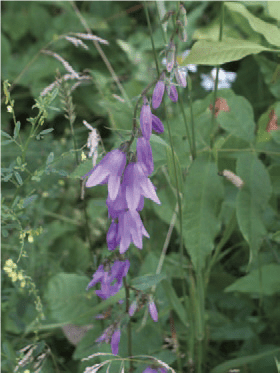
Cultivation: Not a control option as root fragments could result in new plants. Mechanical: Hand-pulling or cutting and bagging flower spikes pre-bloom can be an option for preventing seed production. However, the plant will re-sprout from its creeping root system. Digging out the as much of the roots system as possible can be successful but will require several years’ effort.
Chemical: Currently no selective herbicides are registered for use on creeping bellflower. Always check product labels to ensure the herbicide is registered for use on the target plant in Canada by the Pest Management Regulatory Agency. Always read and follow label directions. Consult your local Agricultural Fieldman or Certified Pesticide Dispenser for more information.
Biological: None researched to date.
For more information contact: abinvasives.ca, [email protected]


